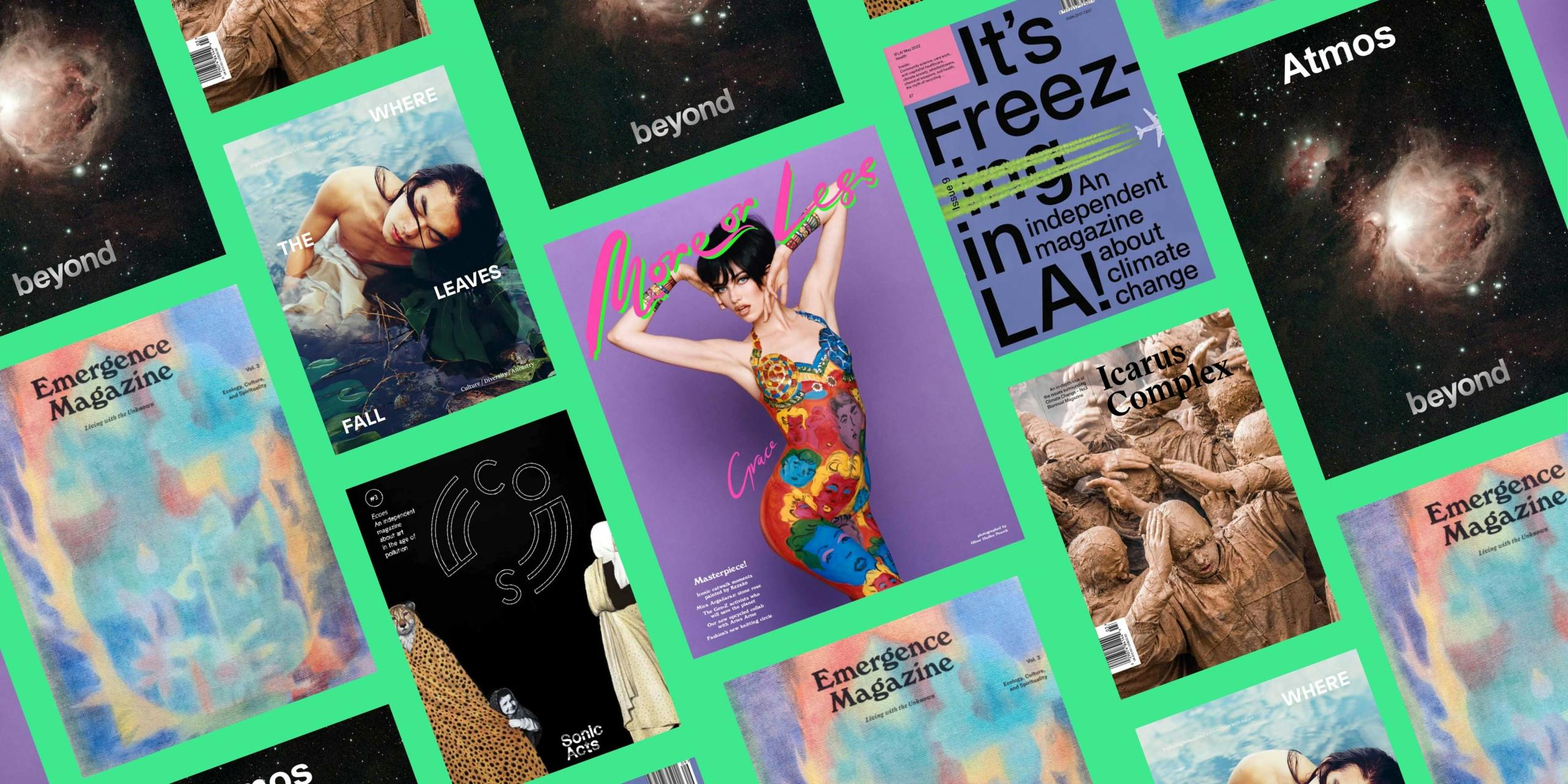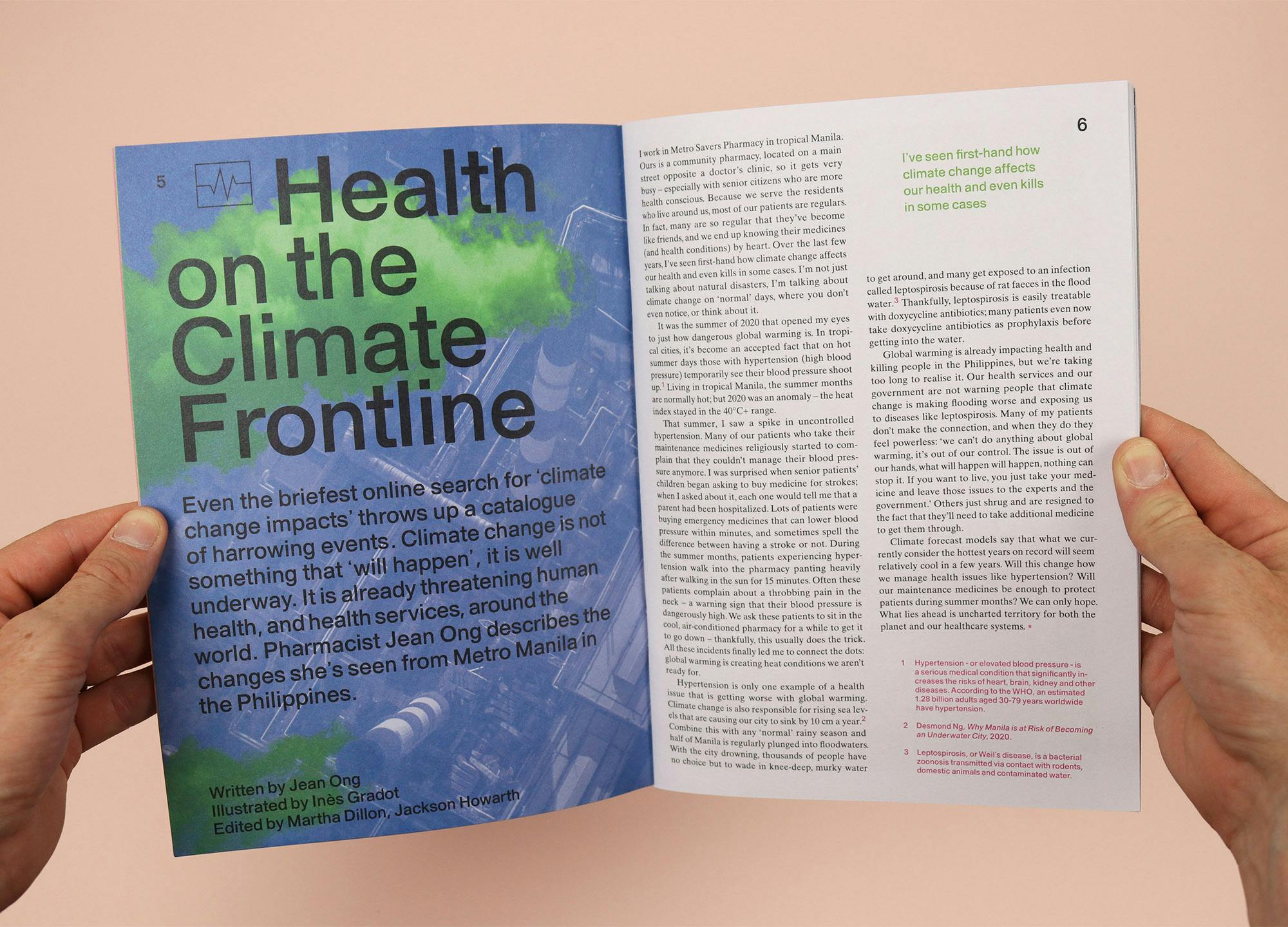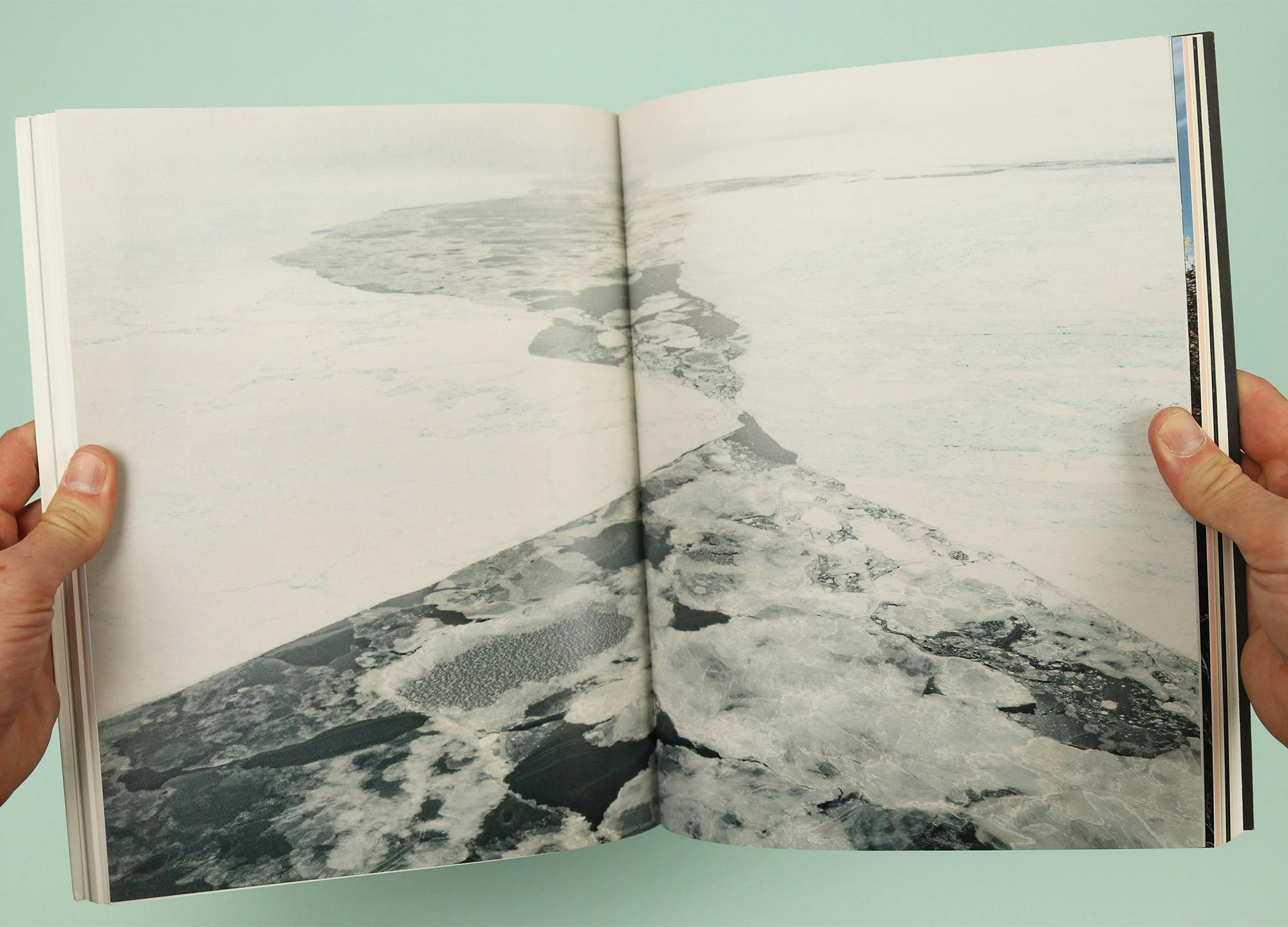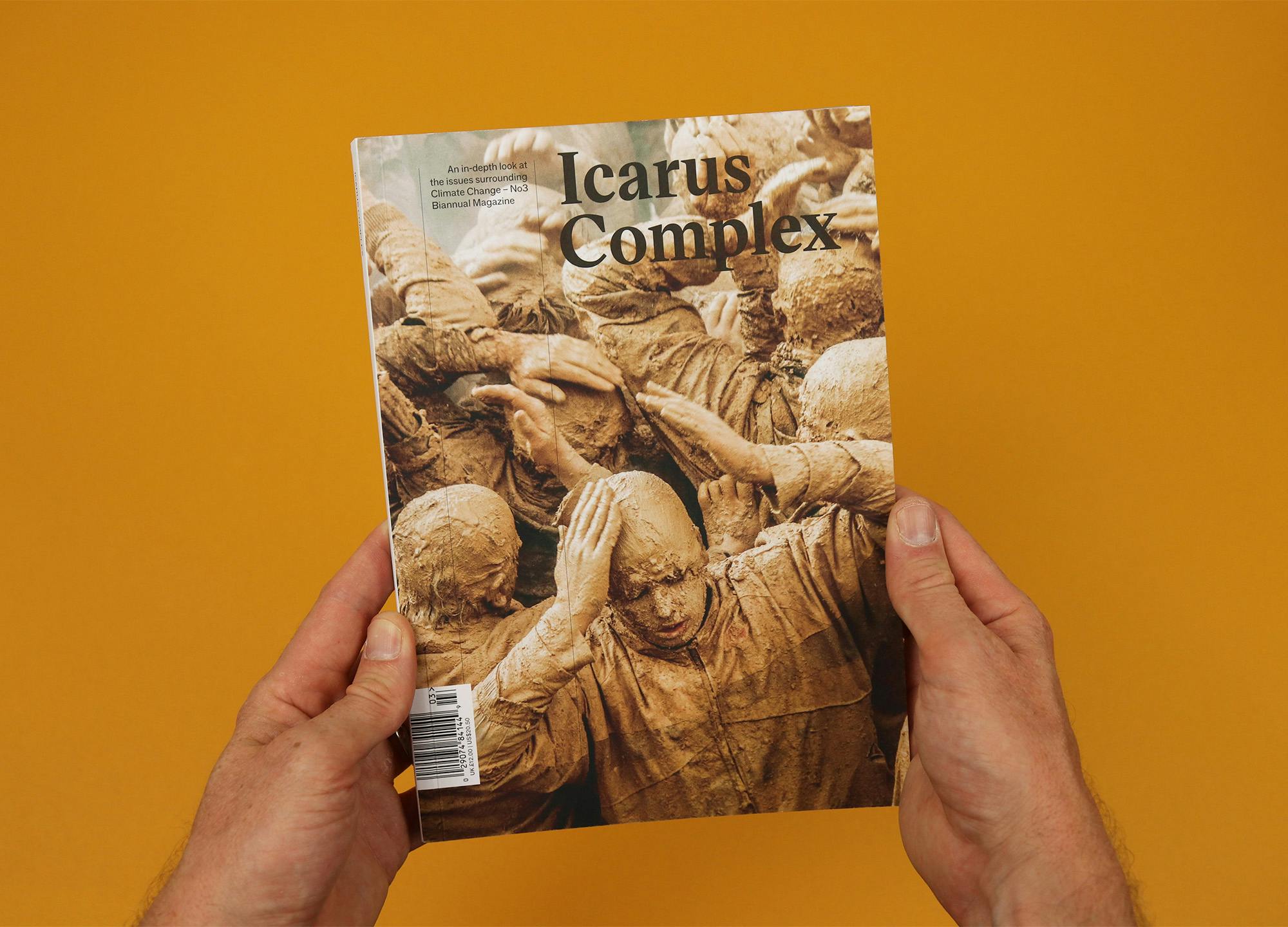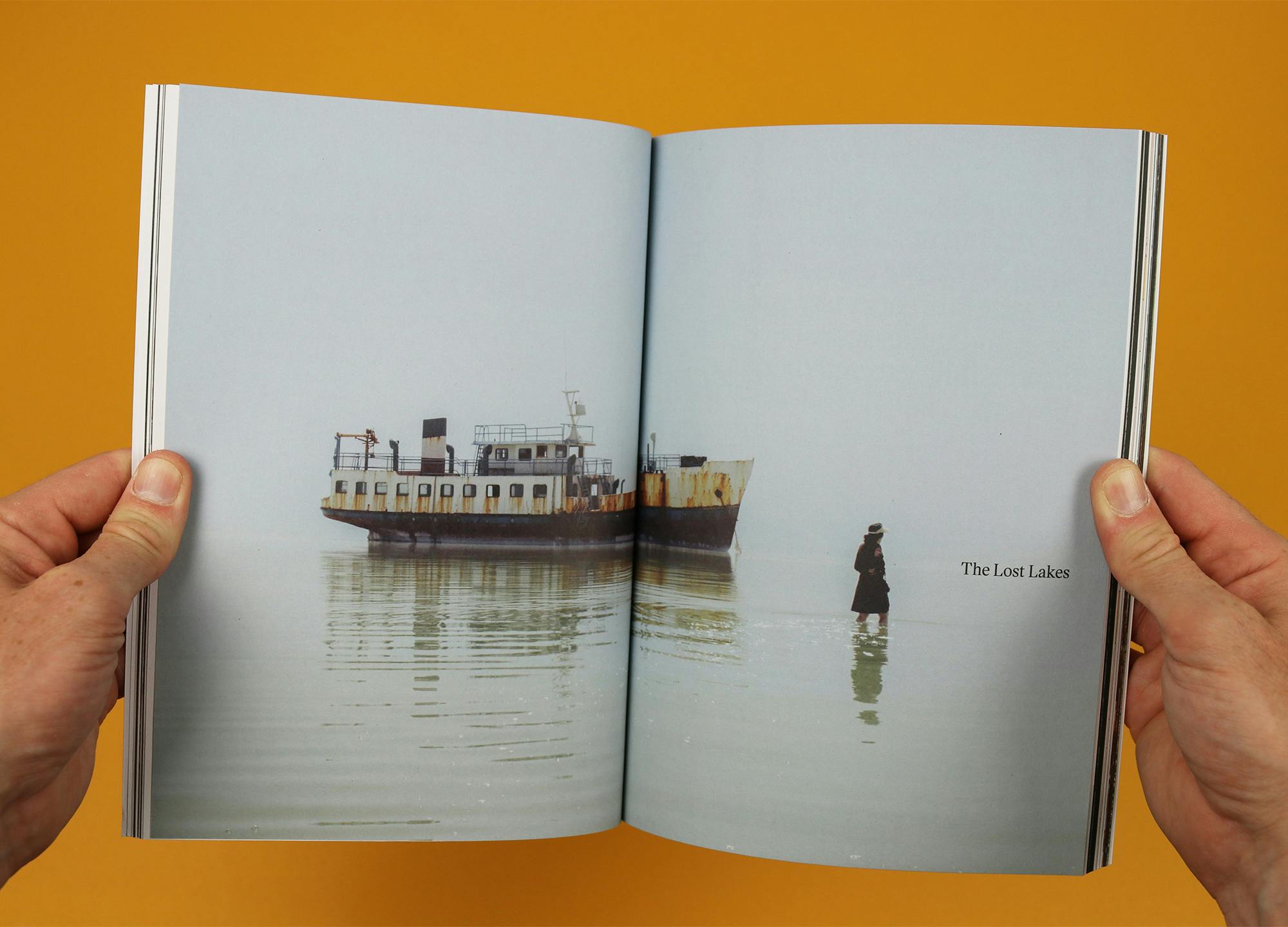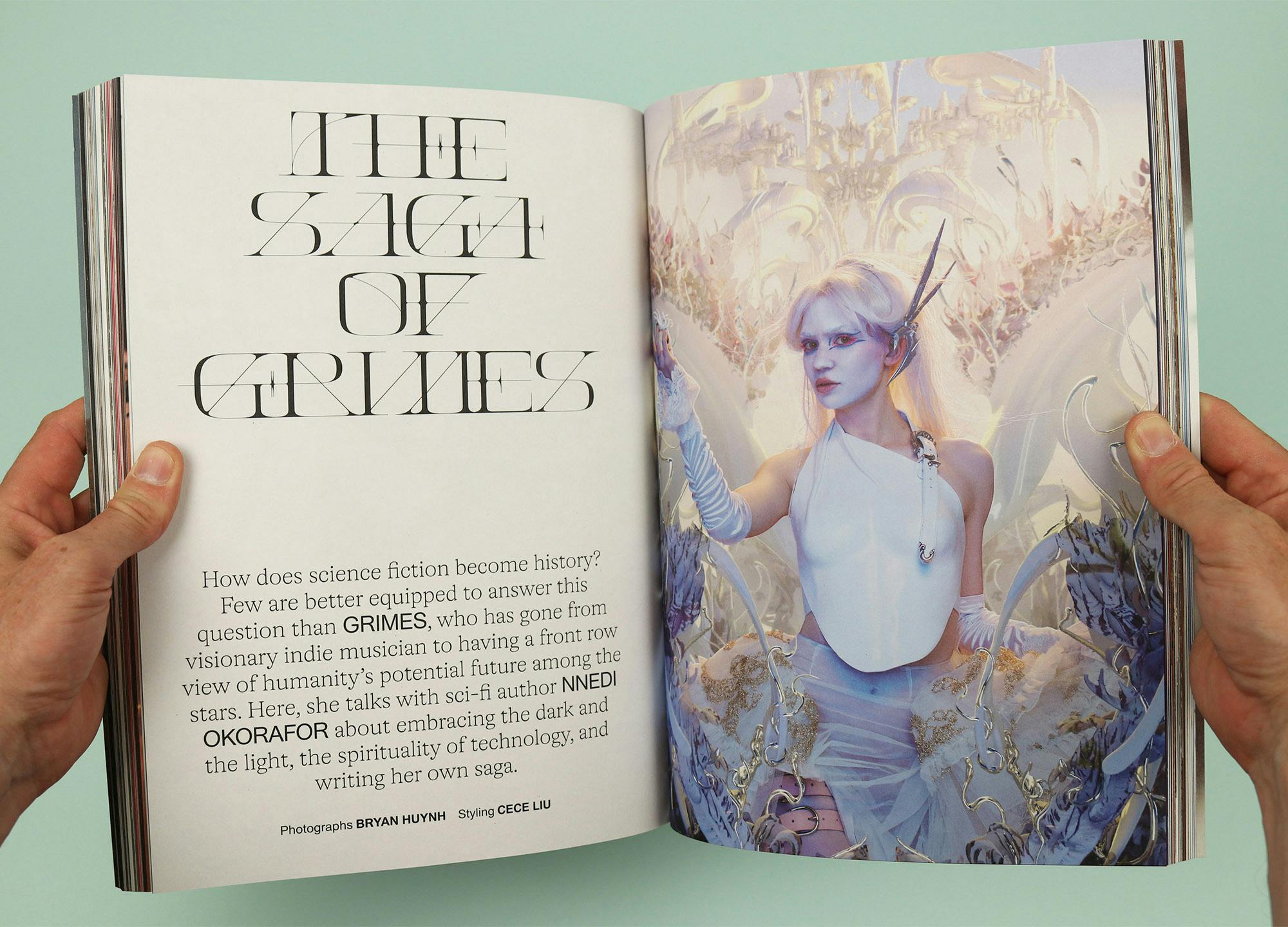Independents on the climate crisis
In the words of the United Nations, “Climate Change is the defining issue of our time and we are at a defining moment.” The climate crisis is connected to virtually every facet of human activity and it’s covered by all forms of media, so it’s not surprising that it has inspired a wide range of independent magazines.
The following collection represents some of those magazines, and it reflects the many different ways that independent publishers are adding to the conversation about the environment. Of course lots of other magazines touch upon the climate crisis in individual stories or themed issues, but for this piece I’ve chosen only the magazines that place the environment at the heart of what they do.
Some are deadly serious, some less so. Some have chosen to be big and impactful, while some are small and sustainable. But all of them are dedicated to raising awareness of environmental issues, drawing attention to the damage we are doing to the planet and aiming to inspire change.
Ecoes
Clever and complex, Ecoes takes an abstract approach to its theme of art in the age of pollution. Sometimes that means digging into legal documents – one early piece uses official documentation to show how hazardous waste is transported around the world to be disposed of, highlighting the fallacy that we can ever really get rid of these toxic substances. At other times the approach is more open and impressionistic, for example reflecting on the experience of ambling around the nuclear reactors built on marshland in Belgium, the Netherlands and France.
Shunning a conventional article structure in favour of this more experimental approach can mean it’s hard to follow in places – I found myself flicking back and forth within articles to make sure I was keeping up with the looping, winding narrative. But it allows the magazine to tell subtle and nuanced stories, encouraging the reader to think again about the harm we’re doing to the planet, but also about the way these stories are normally told: One of our biggest climate challenges is inertia, and this fresh and experimental approach to storytelling could help to break some readers out of the status quo and inspire real change.
It’s Freezing in LA!
Now into its ninth issue, It’s Freezing in LA! Has retained its small, slim format and staple binding because the team says this is the most environmentally sustainable product they can make. That fundamental decision helps to lend this little magazine a moral weightiness – I think it’s impressive that the physical object they make reflects the strength of their principles, and the seriousness of that statement works well alongside more lighthearted touches, like the fact that the name of the magazine is always partially obscured on the cover by a graphic showing some form of pollution or resource extraction.
The theme of the latest issue is ‘Health’, and the magazine tells stories about the disparate places where health overlaps with the climate crisis, asking whether greener and fairer systems might also improve our wellbeing. For example they switch from a first-person report on the health crisis being caused by the rising temperature in Manila, to a broader piece seeking to understand climate anxiety and how it damages people’s mental and physical health. It’s fascinating stuff, and while this environmentally friendly magazine is light, it’s also incredibly dense, packing a huge amount into its 60 pages.
Buy It’s Freezing in LA! in the Stack shop
Emergence
The theme of Emergence’s third issue is ‘Living with the Unknown’, and it combines its focus on ecology with a strong sense of spirituality, going beyond the facts of the climate crisis to ask how we got to this point, and what we lose by living in the isolating convenience of the industrialised 21st century. It’s bigger than either of the previous magazines and it gives lots of space to its long stories and lovely photography, drawing readers into the world that it creates and using that immersion to shift their perspective along the way.
In his opening letter, executive editor Emmanuel Vaughan-Lee explains why he sees Emergence’s approach to storytelling as a radical act during dark times: “In a culture where we are increasingly taught only to speak, listening is a radical act, especially when oriented towards silenced voices, nonhuman voices, and the voice of the Earth herself – all of which have essential stories to tell.” This big, ambitious annual magazine wants to be the place where those stories are told in the most affecting way possible.
Where the Leaves Fall
Taking a broad approach to the natural world, Where the Leaves Fall is interested in the places where environmental issues intersect with social justice, art, science, philosophy and more. There’s also a wide range of voices represented in the magazine, with scientists, environmentalists and indigenous people all presented alongside each other and given equal weight and attention.
Each issue of Where the Leaves Fall has a triple theme, using three quite abstract terms as a way of bringing some structure to the magazine across three sections. The issue photographed above uses ‘Collaboration / Community / Consciousness’ as its framework for drawing together its disparate parts, and one of my favourite pieces is the cover story, which features women from Vaupés in Colombia, who have been removed from their land and traditions. They are photographed with prostheses that speak to their own individual histories, constructed in collaboration with the photographer, and it’s a strange and striking project that emphasises the personal stories of people who have been caught up in the machine of resource extraction and environmental damage.
Buy Where the Leaves Fall in the Stack shop
Icarus Complex
Providing, “An in-depth look at the issues surrounding climate change”, Icarus Complex is notable for its determination to take a positive approach to the situation we’re in. That’s not to say that it’s unreasonably optimistic, but wherever possible it insists on looking for solutions rather than getting lost in the hopelessness of the warming planet. In this issue that means stories on technologies like carbon removal and initiatives like the European Green Deal, showing how they could contribute to the reversal of global warming.
It’s difficult to feel optimistic, though, in the face of its long focus on the world’s drying lakes, which uses impactful photography, frightening statistics and personal accounts to show what’s happening to lakes around the world. There’s an attempt at positivity towards the end, with the UN’s Decade of Ecosystem Restoration held up as reason to hope that some of the worst damage could be reversed, but the harsh reality is clear to see, and in this case Icarus Complex doesn’t attempt to convince readers otherwise.
Buy Icarus Complex in the Stack shop
More or Less
Mixing fashion and sustainability, More or Less is the biggest of the magazines in this list, weighing in at a hefty 2kg. That’s clearly a lot of paper and ink, and a fair bit of carbon needed to shift copies around the world, so while sustainability doesn’t define the object itself, it does steer the stories across its 326 pages. There’s a piece on Dutch designer Duran Lantink, whose collection is made from cutting up and reworking old clothes; there’s a profile of five young climate activists; and Kezako Paris emulates catwalk looks using only body paint.
There’s an irrepressible sense of fun that runs through the magazine, which jars with the intense seriousness of the climate crisis. But I think that’s the point of what More or Less is trying to do – by highlighting examples of environmental awareness within the notoriously wasteful fashion industry, they’re showing that it’s possible to mix the two and produce an environmental magazine that doesn’t always take itself entirely seriously.
Buy More or Less in the Stack shop
Atmos
A magazine of climate and culture, Atmos exists to stretch the boundaries of how we think about the environment. The theme of the latest issue is ‘Beyond’, which encompasses a huge range of stories, from a piece on the group fighting to revive the Klamath River in Oregon and California, to an imagining of the world after the collapse of capitalism.
It’s a strange mix that includes environmental activists, cli-fi writers and celebrities – probably the strangest bit is a long interview with Grimes, in which she touches on the villainy of corporate greed, central government’s loss of control, and mankind’s exploration of the stars. As with More or Less, I’m not sure it’s all meant to be taken totally seriously, but possibly more as a series of positions and provocations, encouraging the reader to reconsider their ideas of what the climate crisis looks like and how it should be approached.
Discover more of the best independent magazines – subscribe to Stack and we’ll deliver a surprise magazine to your door every month
